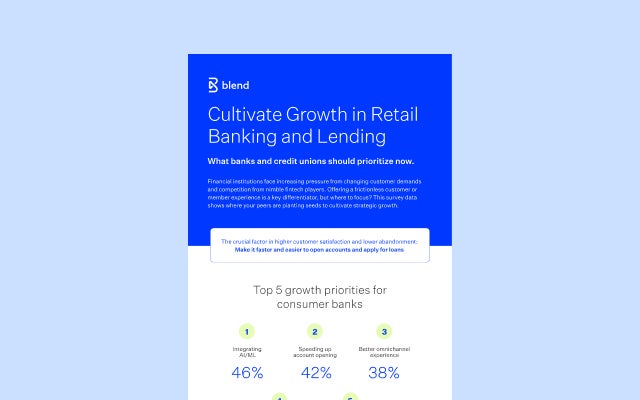June 2, 2023 in Composable origination
Understanding how composable software works in the real world
Harmonize your tech stack.

In the mid 2000’s frozen yogurt (aka froyo) had, as the youths say, a moment. PinkBerry and YogurtLand locations were popping up all over the place. There were references in pop culture. People were hooked.
The main promise of froyo was that it was a healthier alternative to classic desserts — though everyone quickly learned even a kale salad ceases to be healthy when piled high with Charleston Chews and caramel sauce. However, there was another core benefit to froyo: choice.
These days curation and choice aren’t limited to frozen desserts, we’re actually seeing a similar style concept play out in the tech world in the form of composable software.
The basics and benefits of composable tech
At a high-level, composable software is a collection of prebuilt modular components you can use in isolation, or in combination, to create, or augment, software. Similar to a froyo shop, users are given access to the pieces and then assemble them in the way most suitable to them.
The pieces are able to interact with each other but aren’t dependent on one another. The interconnectedness of the pieces means users can share data across applications to offer more seamless experiences across all digital properties. However, keeping the pieces independent of one another allows the software to stay flexible and can be easily updated as needs change.
Get the “in” on more cutting edge technology.
Subscribe for industry trends, product updates, and much more.
Another core feature of composable software is the ability to connect with existing tools. Many solutions offer a library of prebuilt integrations, with the additional ability to build custom integrations using APIs. This means you don’t have to start from scratch to implement composable components and can update over time.
Further, since the pieces are prebuilt there often isn’t a lot of development work required. This generally means development teams can spend less time on the lower-level aspects of building a tool and more time making it something truly special. Modular software even opens up the opportunity for non-technical teams to create tools on their own. All of which adds up to more agile and innovative teams.
Research by Accenture found that companies with tools that are highly integrated with one another, referred to as interoperability in the article — which they suggest companies achieve through composable technology — grew revenue 6x faster than their peers with low interoperability. Further, they found that companies with high interoperability also excelled in areas like efficiency, productivity, and customer experience.
Composable tech in action
Though composable software is somewhat new to the financial industry, it’s actually been around for a few years. In fact, Gartner predicted composable businesses would be one of the biggest trends of 2022, with composable technology being the engine that powers those institutions.
Some may assume that composable tech adoption is limited to newer upstarts, but even large companies like IKEA have embraced it. By doing so, they’ve been able to connect the online and in-store shopping experience, as well as have gained access to richer data to make better decisions.
In the banking world, there are lots of practical applications for embracing composable tech. For example, let’s say someone has a deposit account with a bank and wants to apply for a personal loan. With a composable system you could share data between the two and do things like prefill parts of the application, making it a much easier process for the customer.
However, that’s just the tip of the iceberg. As more systems are connected, and data is shared, you could start identifying markers that someone might be interested in a certain product or service, or that they’re possibly thinking about switching banks. Access to those insights could help you act faster, expand relationships, and retain customers for the long term.
The building blocks of the future
Even though composable technology is relatively new, it’s already making waves in multiple industries. With advancements in technology happening faster than ever, having flexible and adaptable systems is crucial.
Keeping pace with changes requires tools that are built to do so. It’s why we spent years developing the Blend Builder Platform, so banks and other financial institutions would be able to stay current and continue delivering outstanding experience to customers and staff alike.

Ready to get ahead?
Find out what we're up to!
Subscribe to get Blend news, customer stories, events, and industry insights.


